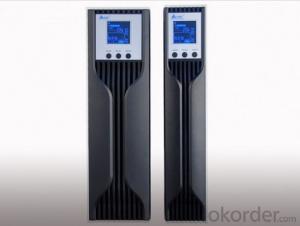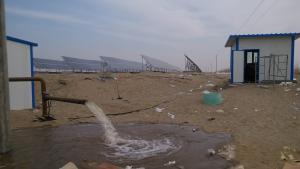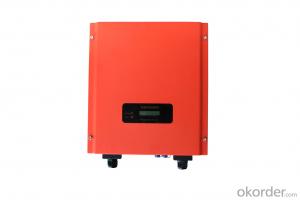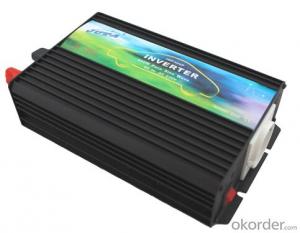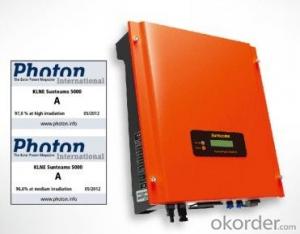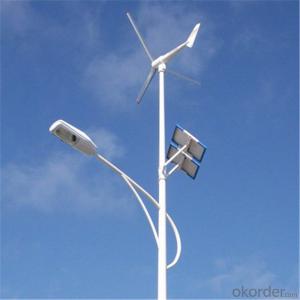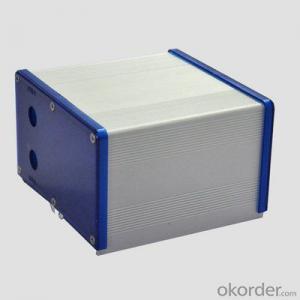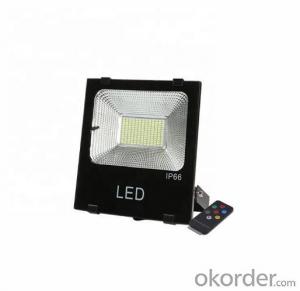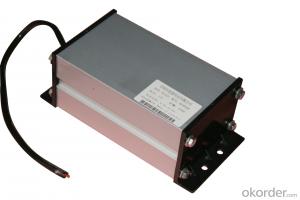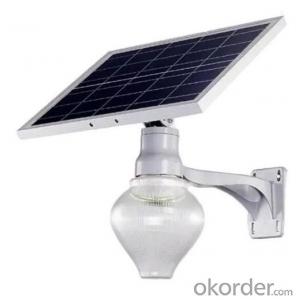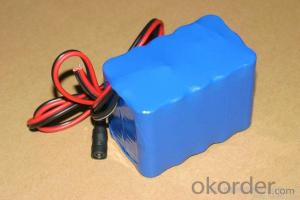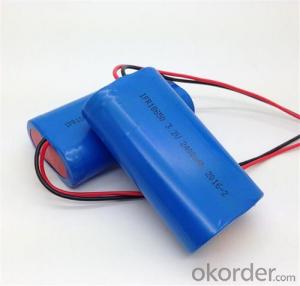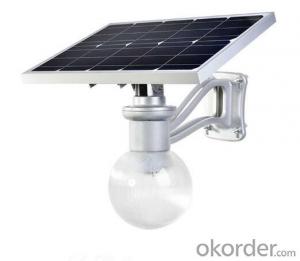Ingeteam Solar Inverter
Ingeteam Solar Inverter Related Searches
Invt Solar Inverter Infini Solar Inverter Inverex Solar Inverter Invt Solar Pump Inverter Intelligent Solar Inverter Inspire Solar Inverter Suntech Solar Inverter Inverter Solar Solar Solar Inverter Inverter Solar System Infinity Solar Inverter Siemens Solar Inverter Inverter Power Solar Samsung Solar Inverter Smart Inverter Solar Microtek Solar Inverter China Infini Solar Inverter Inverter Solar Panel Inverter Solar Pump Smart Solar Inverter Lg Inverter Solar Inverter Solar Panels Sunways Solar Inverter Inverter With Solar Input Inverter Charger Solar Inverter Solar Battery Solar Smart Inverter Germany Solar Inverter Inverter Solar Cell Inverter Battery SolarIngeteam Solar Inverter Supplier & Manufacturer from China
Ingeteam Solar Inverter is a range of high-quality solar power conversion devices designed to optimize the performance of solar energy systems. These inverters are engineered to convert the direct current (DC) generated by solar panels into alternating current (AC) that can be used by homes and businesses. They are essential components in solar energy systems, ensuring efficient energy production and reducing energy waste.Ingeteam Solar Inverters are widely used in various applications, such as residential rooftop installations, commercial solar farms, and utility-scale power plants. They are designed to handle different power capacities, making them suitable for a broad range of solar energy projects. These inverters are known for their reliability, efficiency, and advanced monitoring capabilities, which contribute to their popularity among solar energy system installers and operators.
Okorder.com is a leading wholesale supplier of Ingeteam Solar Inverters, offering a vast inventory of these products to cater to the needs of various solar energy projects. With a commitment to providing high-quality products and excellent customer service, Okorder.com ensures that customers have access to reliable and efficient solar inverters at competitive prices.
Hot Products
